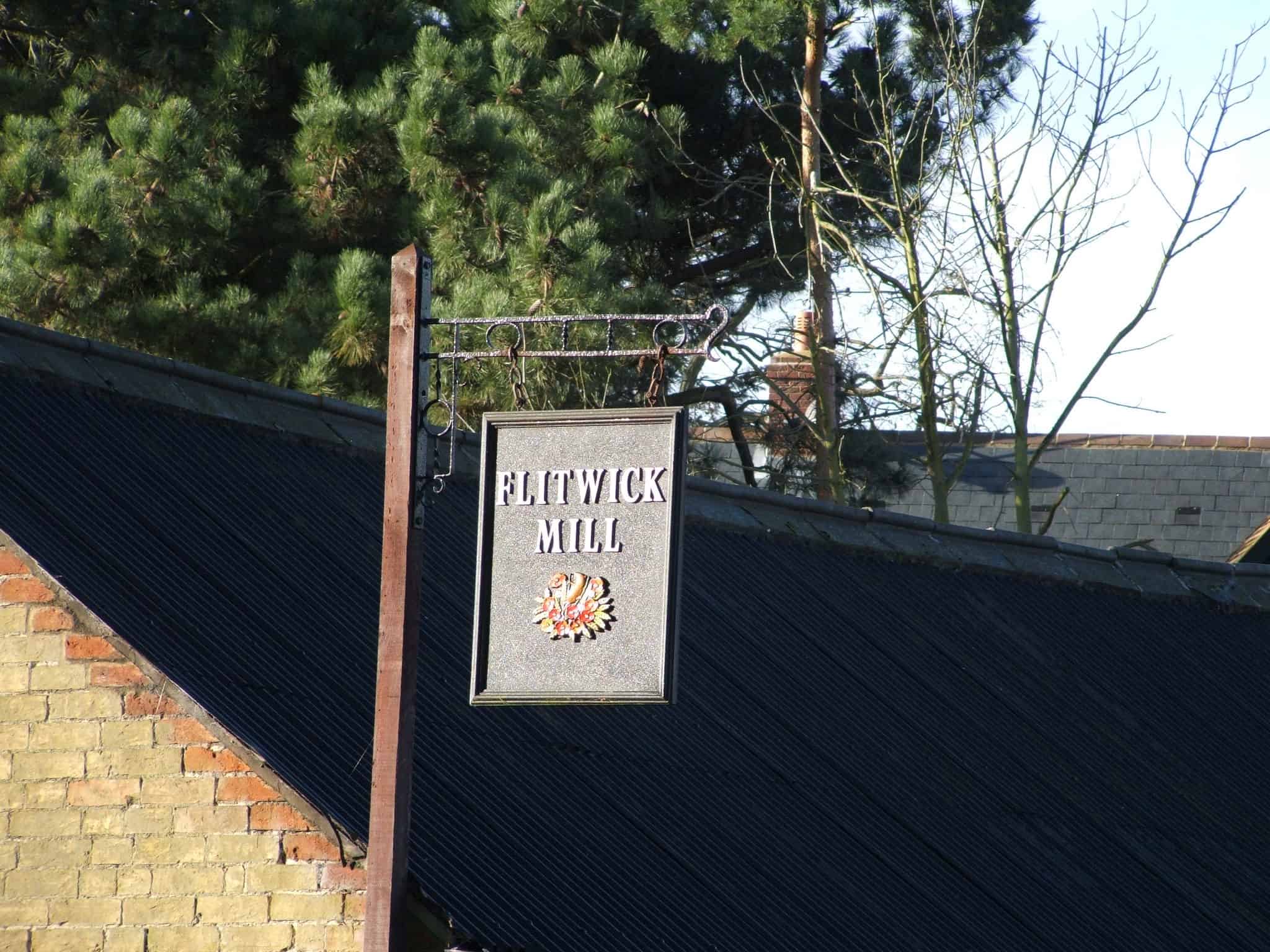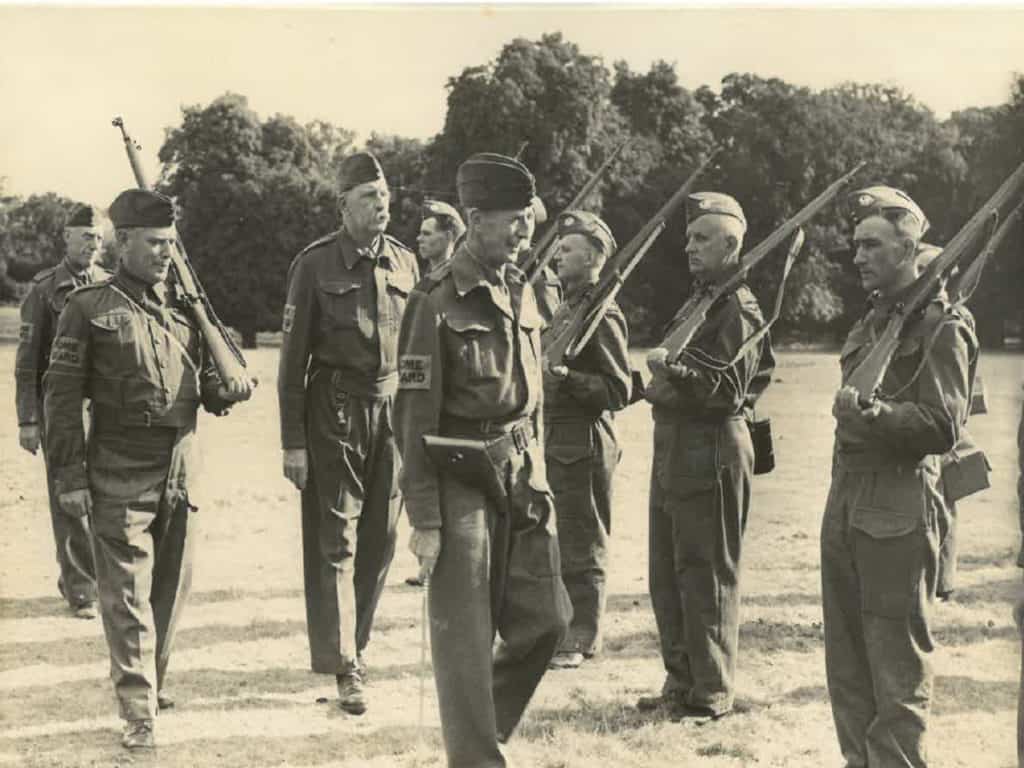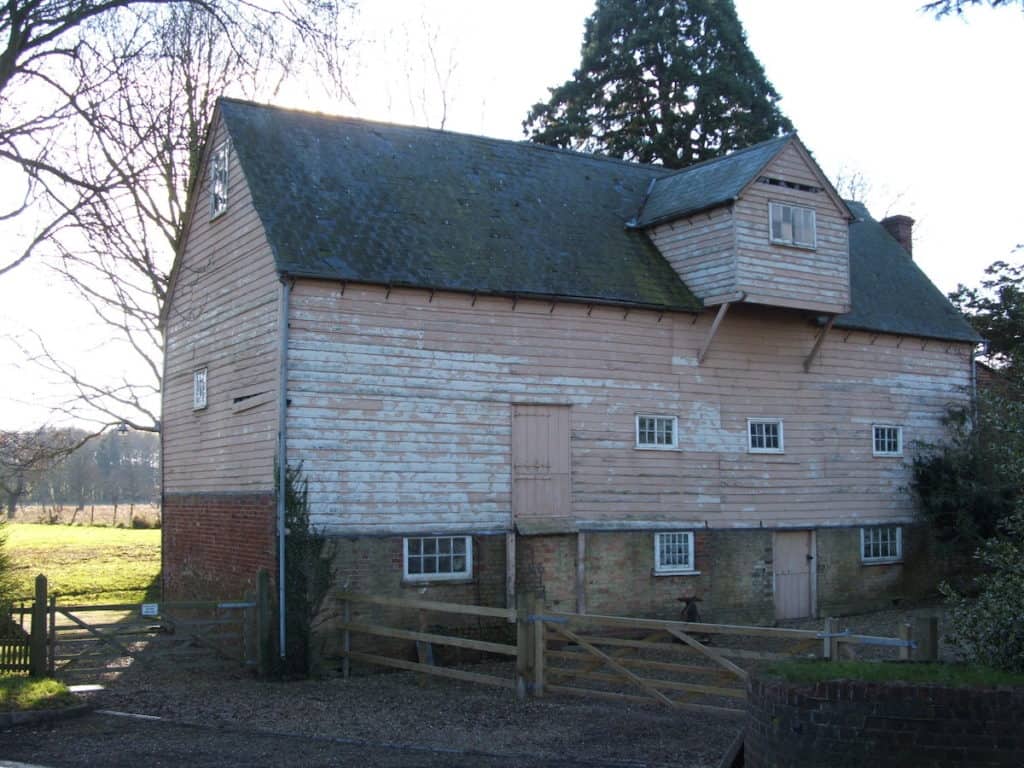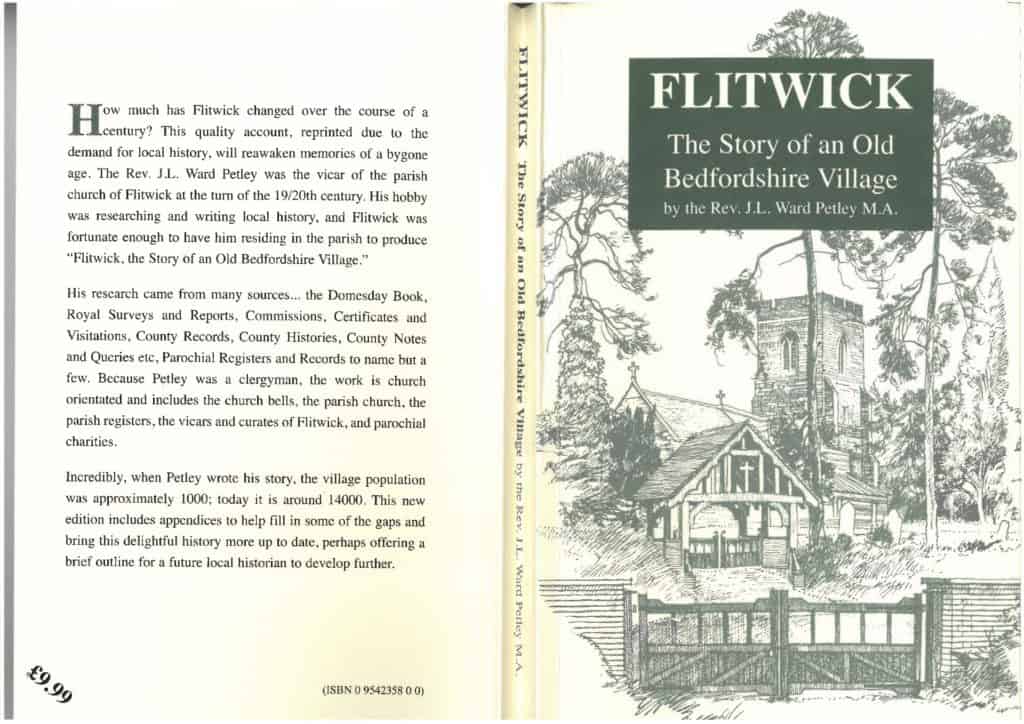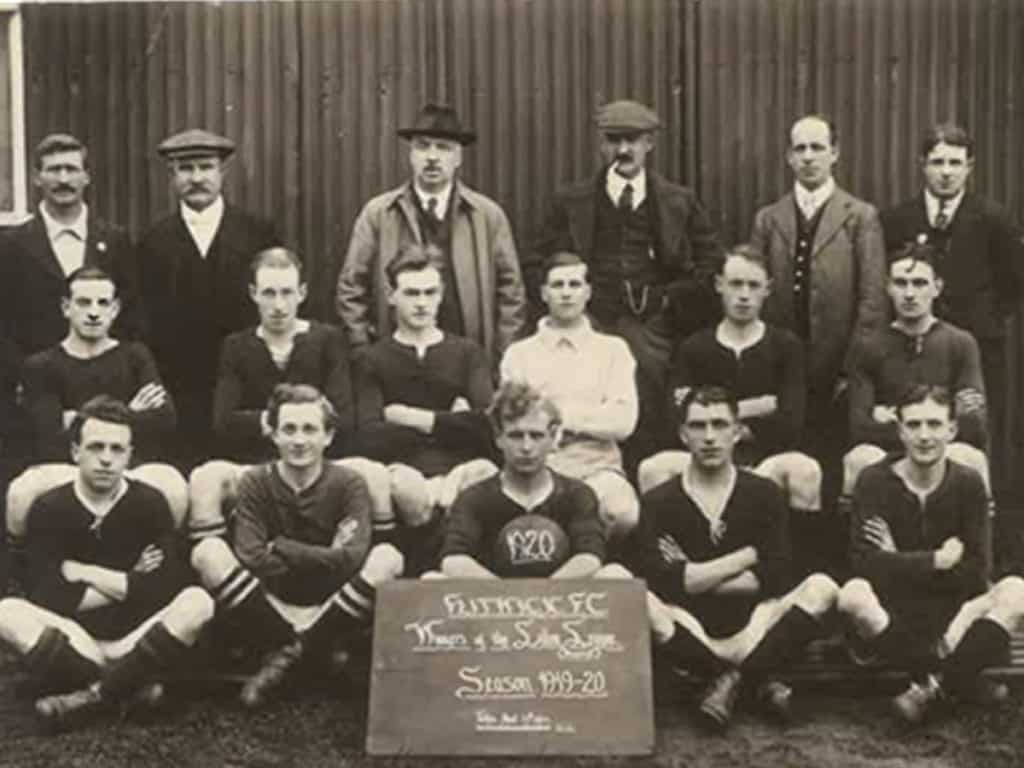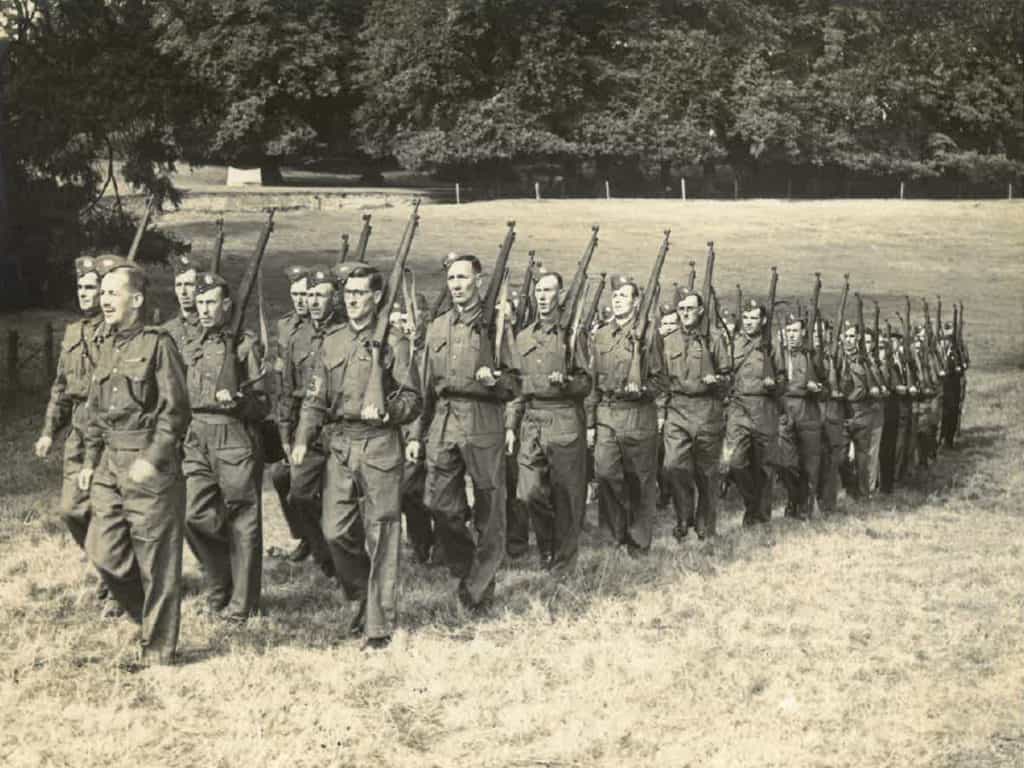HISTORY AND TIMELINE
Flitwick is surrounded in history. First mentioned in the Domesday Book in 1086 as a ‘hamlet on the River Flitt with 16 inhabitants’ there are plenty of interesting stories to read and learn about the town’s history.
Our offices at The Rufus Centre are in fact named after the Rufus family who were a prominent family in the area for over 150 years. It was David Rufus who became Lord of the Manor in 1210. Flitwick Manor House was rebuilt in the 17th century and now is a hotel. The manor estate today forms part of Manor Park.
Manor Park was purchased by the Town Council for the community to enjoy. To the north of Manor Park is The Mount. Originally part of the Flitwick Manor Estate, The Mount was the site of a small short-lived motte-and-bailey castle built by the lord of Flitwick Manor c. AD1100 to control Flitwick and the Flit Valley.
A number of books have been written about the history of Flitwick:
Flitwick - The Story of an Old Bedfordshire Village
Written by Rev J L Ward Petley M.A., the Vicar of Flitwick at the turn of the 19th/20th century, ‘Flitwick, the Story of an Old Bedfordshire Village’ was originally published back in 1906 and reprinted with appendices by the Council in 2002. When the book was written the village population was around 1,000! Now it is over 14,000. We have a supply of the book at our offices. If you would like a copy for a small donation to the Town Mayor’s charities please get in touch.
Flitwick: A Story of Two World Wars
'Flitwick: A Story of Two World Wars' provides a fascinating insight into the history of the people from Flitwick who gave their lives in World War One and World War Two; their circumstances and their families.
Written by former Flitwick Town Mayor and Councillor, the late Phillip Thompson, the book was published on 11th November 2014, Remembrance Day.
Read: Flitwick: A Story of Two World Wars
Thank you to Phillip's widow Jane for her kind permission to publish the book on our website.
Flitwick Timeline
Central Bedfordshire Libraries feature a fascinating timeline on Flitwick on their virtual library with all sorts of interesting facts about the town. For instance, did you know that in the 1891 bird stuffer Henry King Stevens discovered a spring on Flitwick Moor and bottled the mineral water? It became a great success when news of its exceptional medicinal properties featured in the medical journal The Lancet and continued to be sold until the 1930s.
Flitwick Mill
One of the stand out landmarks of the town is Flitwick Mill, which has been lovingly restored over time. The Mill has a great website with lots of information on its history and restoration.
Share Your Story
If you have any photos or stories you would like to share with us on this website please get in touch – we’d love to be able to build a gallery of old photographs for visitors to enjoy.
